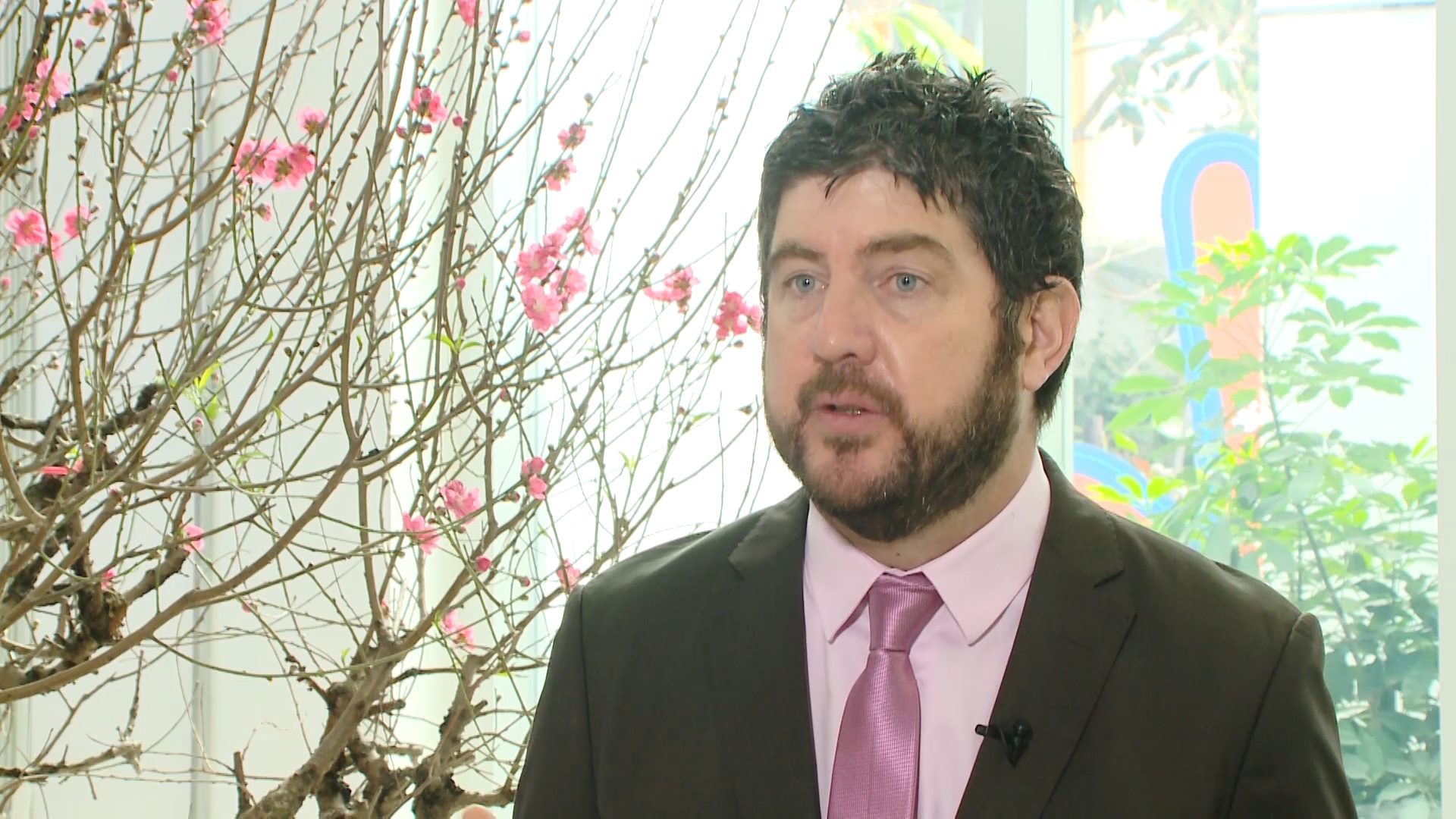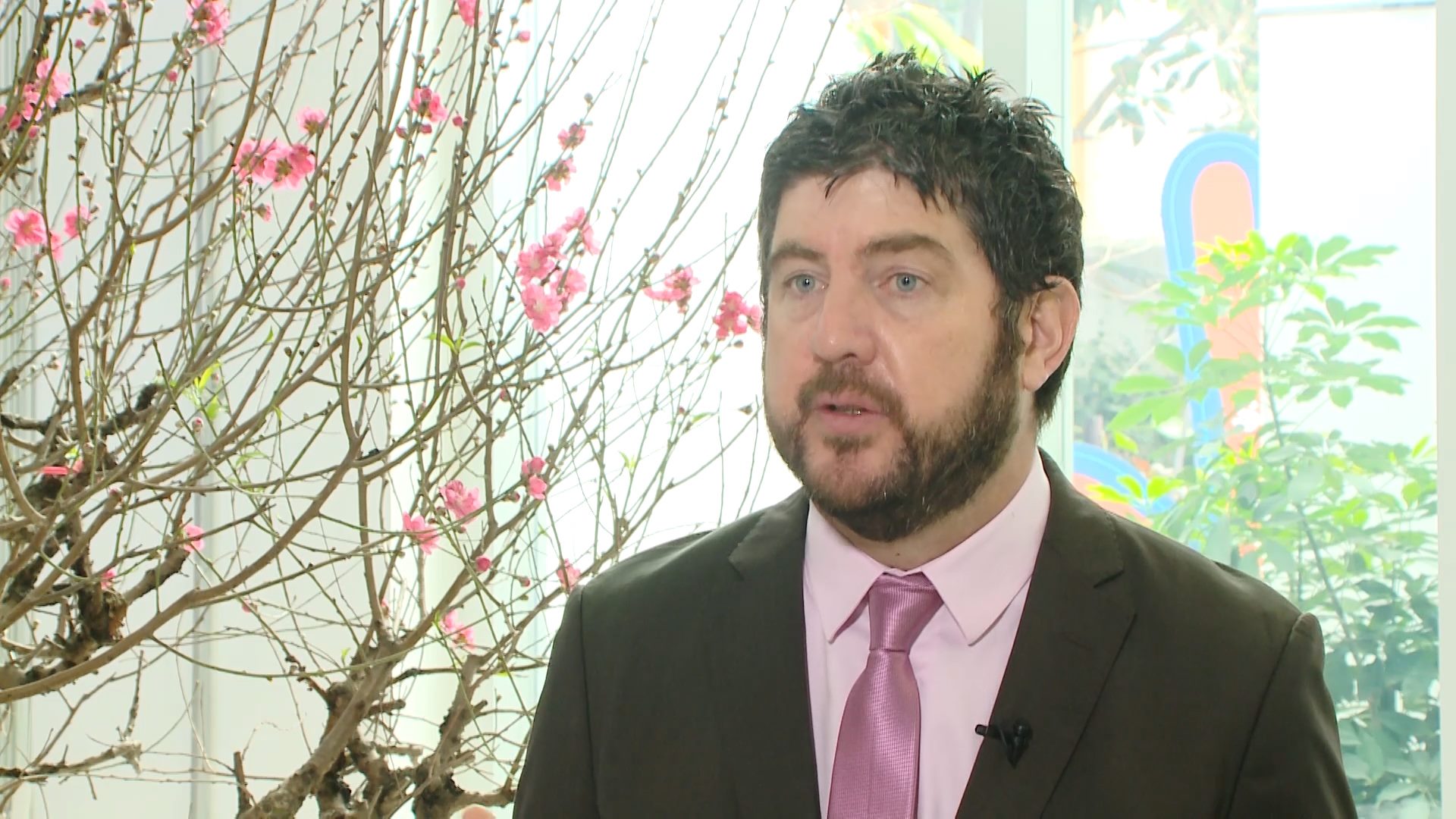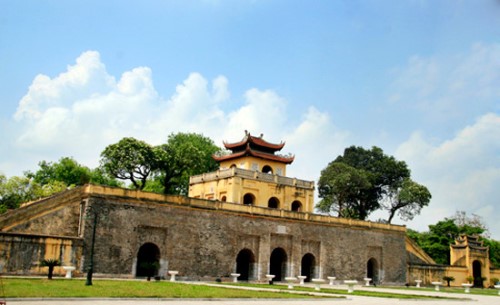
VGP – There is no secret why people come to Viet Nam, why there were such a great vibes in tourism because people know or expect that they're going to experience a unique culture and a unique heritage.

Head of Office and UNESCO Representative to Viet Nam Michael Croft - Photo: VGP/Thuy Dung
Head of Office and UNESCO Representative to Viet Nam Michael Croft made the above statement at an inclusive interview with the Viet Nam Government Portal.
Croft expressed his belief that it has been the back of the nation that allowed the nation to thrive and survive for over centuries of occupation through the struggle for freedom and independence.
He learnt that at the beginning of the modern Viet Nam in 1945, President Ho Chi Minh, one of his first decrees was on the protection and promotion of culture heritages.
He also saw strong elements in institution of Viet Nam. And so what it provided are very strong framework for action to protect and promote culture heritages in the country to distinguish and also in modern Viet Nam and also been accompanied by policies.

The Thang Long Imperial Citadel in the capital city of Ha Noi, recognized as UNESCO World Heritage Site in 2010, houses many artifacts and items dating back to between the 6th and 20th centuries.
For instance in education, heritage education, but also education to promote the culture diversity in Viet Nam such as the decision to allow for maternal mother tongue education in pre-school and primary and so that the culture diversity in Viet Nam is protected and allowed to flourish.
Regarding his recommendations for Viet Nam to advance sustainable tourism development, Croft said there is no secret why people come to Viet Nam and why there are such a great vibes in tourism because people know or expect that they're going to experience a unique culture and a unique heritage, said Croft.
It is an opportunity for Viet Nam and of course there have been the challenges of what a red-hot tourism sector can be when all of a sudden, the number of visitors comings in is millions.
This means there has to be some sorts of bounds between conservation and development and this is what sustainable tourism is all about, said Croft, adding that it is especially within sustainable tourism.
He said we have a better idea what sustainable when local communities are a part of development, are involved in conservation about sustainable tourism and it is also quite clear now that the situation COVID-19 has in a way shown us what sustainable is and what is not.
"So we can see now that some of the big tourist hot spots are thinking moving forward that they may want to limit the development somewhat, and also as someone in the province told me, not to put all the eggs in one basket now because they realize to have a model that set up that can only work for mass tourism maybe isn't the most sustainable model now," according to Croft.
"It was already an issue some time in terms of the economic over development, but now we see if the tourists leave, then the economy can face a great challenge. So all I think is lending itself towards a great conservation and better realization about what is sustainable tourism and how can we apply in Viet Nam," added the UNESCO Representative.

Hoi An Ancient Town in Quang Nam Province, which is basically a living museum that houses old-town architecture, is declared by UNESCO as the World Cultural Heritage Site in 1999.
UNESCO said that heritage conservation is not sustainable if the conservation does not bring interests for the community. Community plays a crucial role in preserving and upholding heritage values. What measures Viet Nam should do to arouse the resource?
On the role of community in preservation of the country's heritage values, Croft suggested Viet Nam needs to reach legacy of cultural heritage and culture diversity come from in Viet Nam, it is the village, it is the local communities. The local communities are the ones where the intangible culture heritages are developed.
They are the first protectors and they are also the same ones who are doing the promoting. If the local communities are not involved in questions of development, they are not involved in the sustainable tourism conversation, we risk this placing the local community and the local culture. So there is the local community where the culture comes from.
"What it means is that moving forward we have to ensure that there's a bright state's approach to development and also in terms of, it means involving local communities in this discussion about how to develop and how to utilize culture resources, said Croft.
He expressed his belief that the good example is the work that was done in Quang Nam Province before My Son and Hoi An heritage sites were nominated. The province sat down with the local business and local communities and they talked about what kind of development is the province wants and because of this we can see that we go to Hoi An and especially we see there is a lot of local businesses, a lot of local homestays which have been all benefited from this, so this growth is more sustained through community and more sustainable.
He recalled that Viet Nam hosted an international conference on world heritage sustainable development in 2015, which met most of the recommendations that UNESCO now talks about globally in term of using world heritage to promote sustainable development./.
Source: Chinhphu.vn